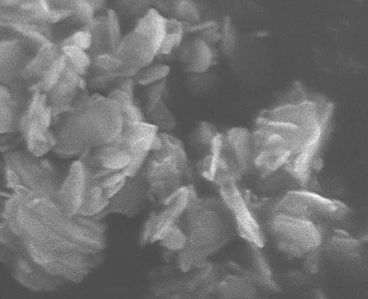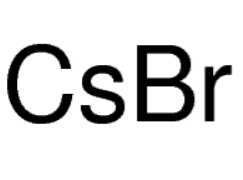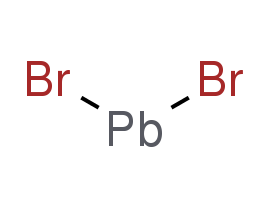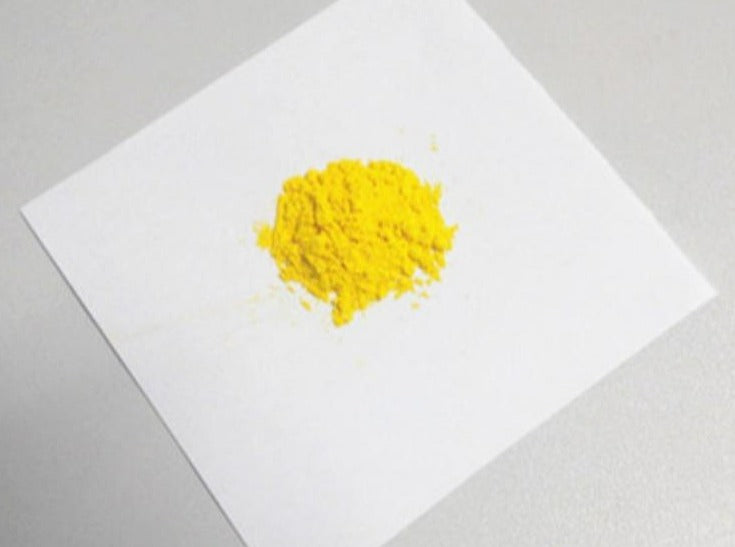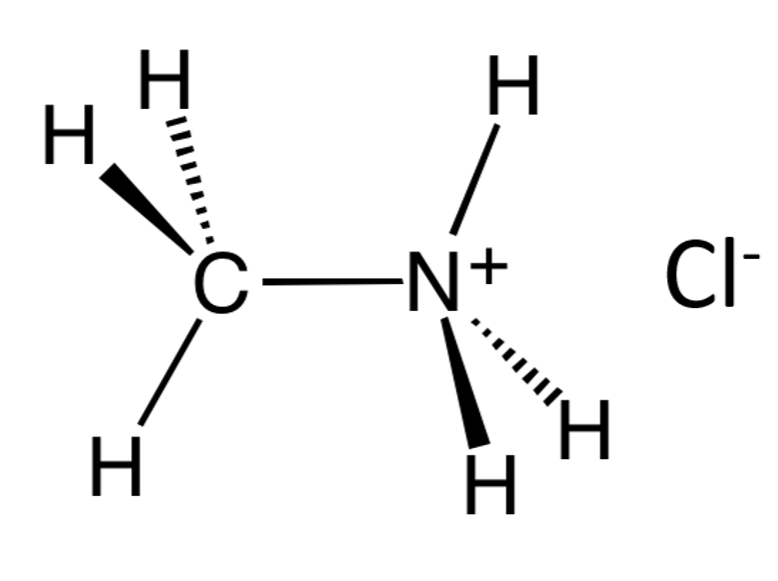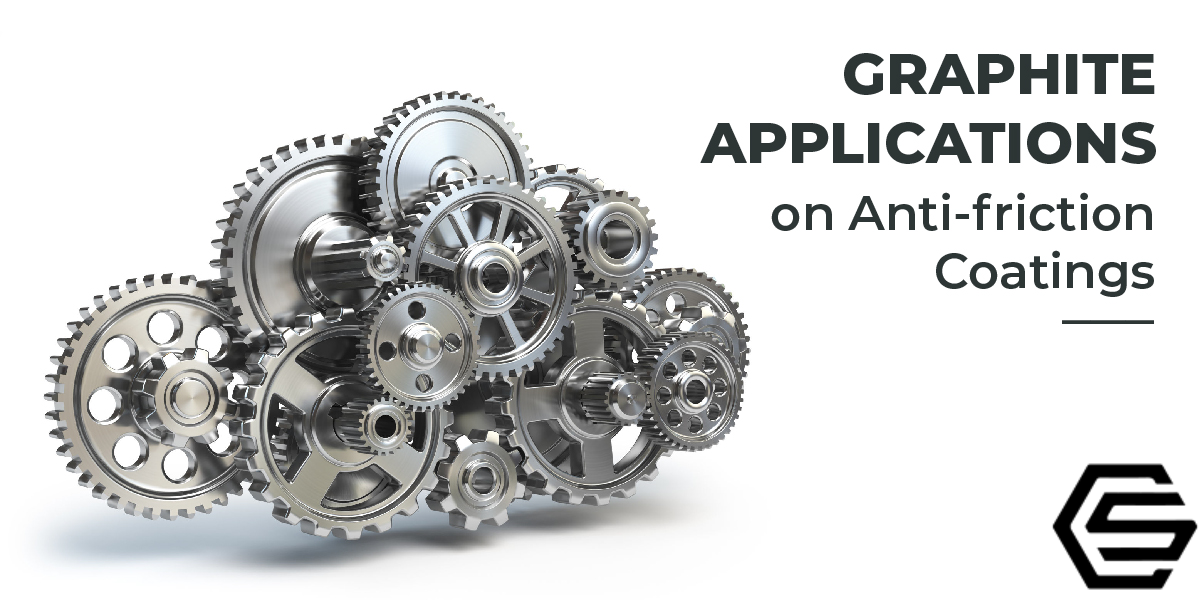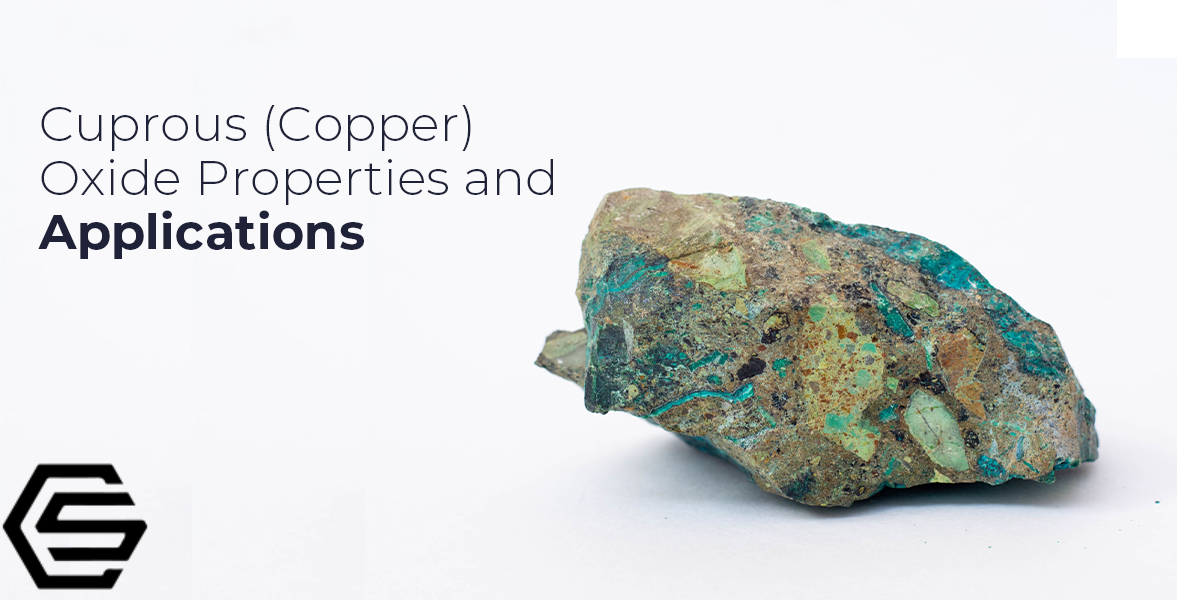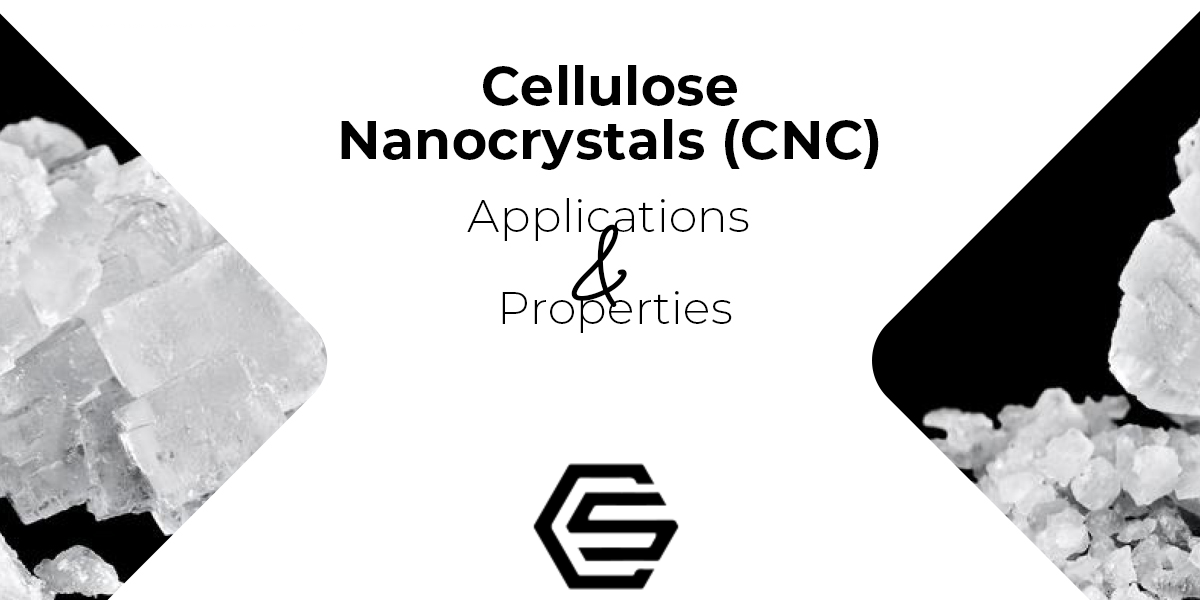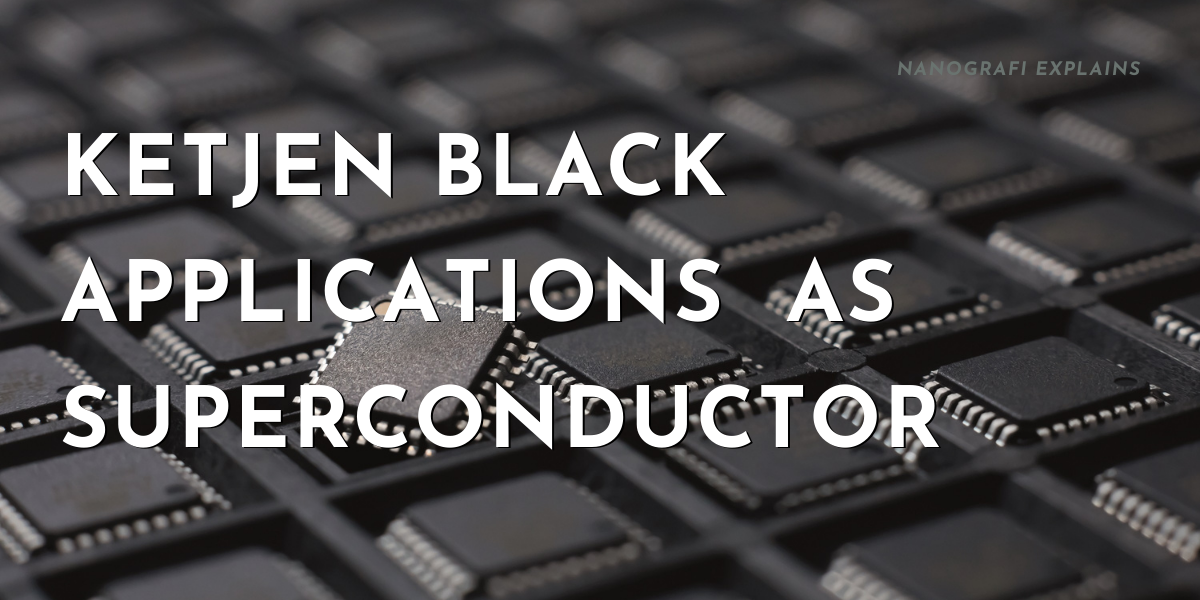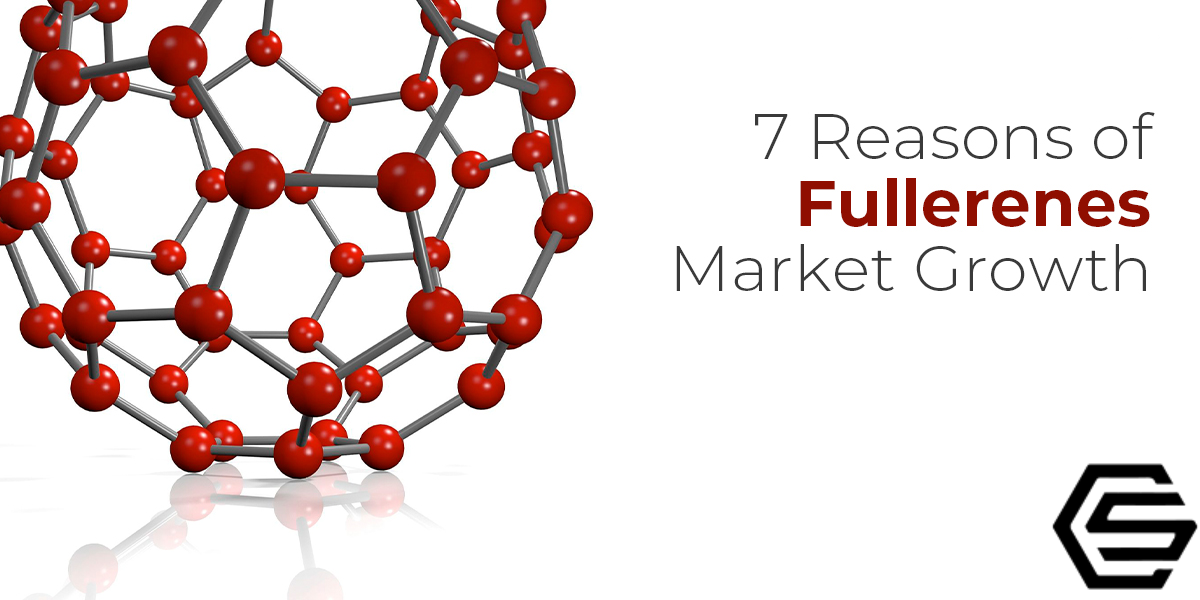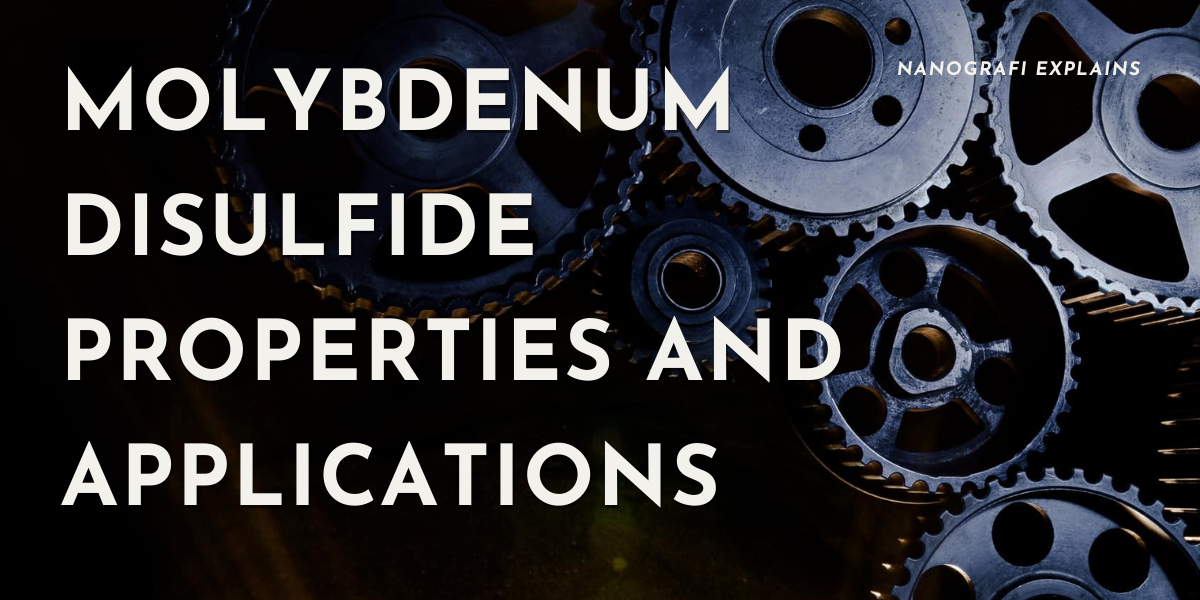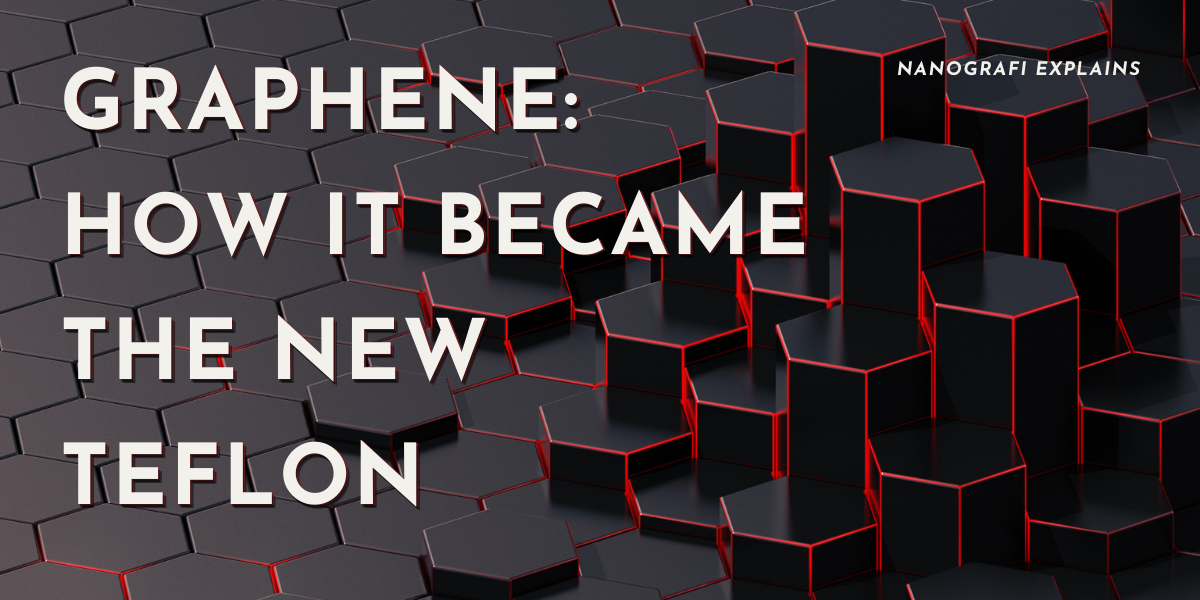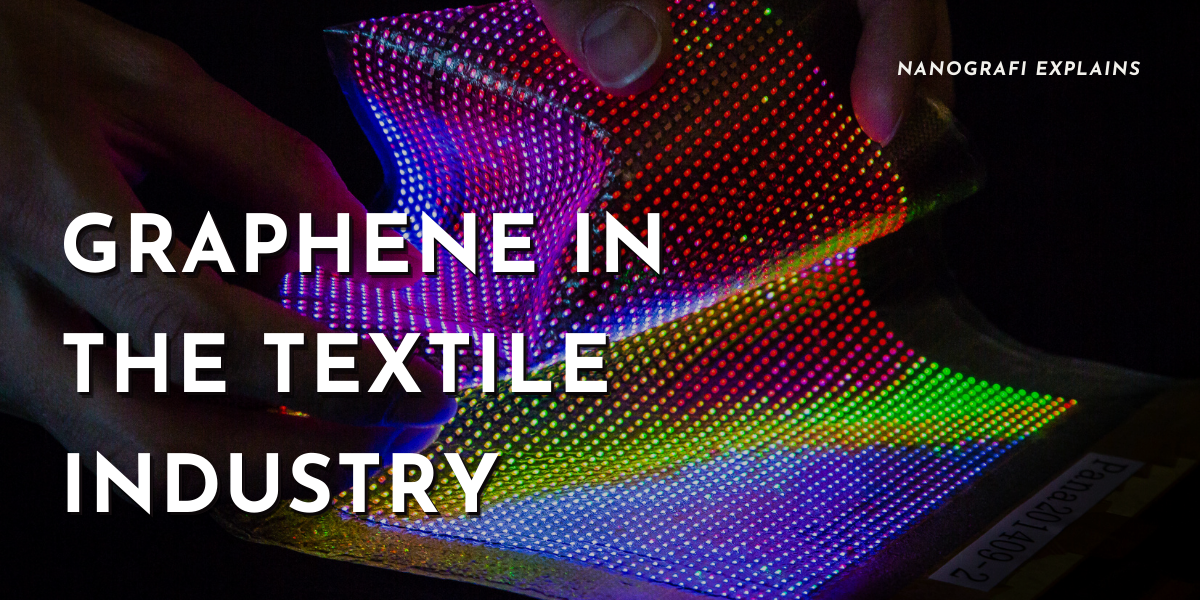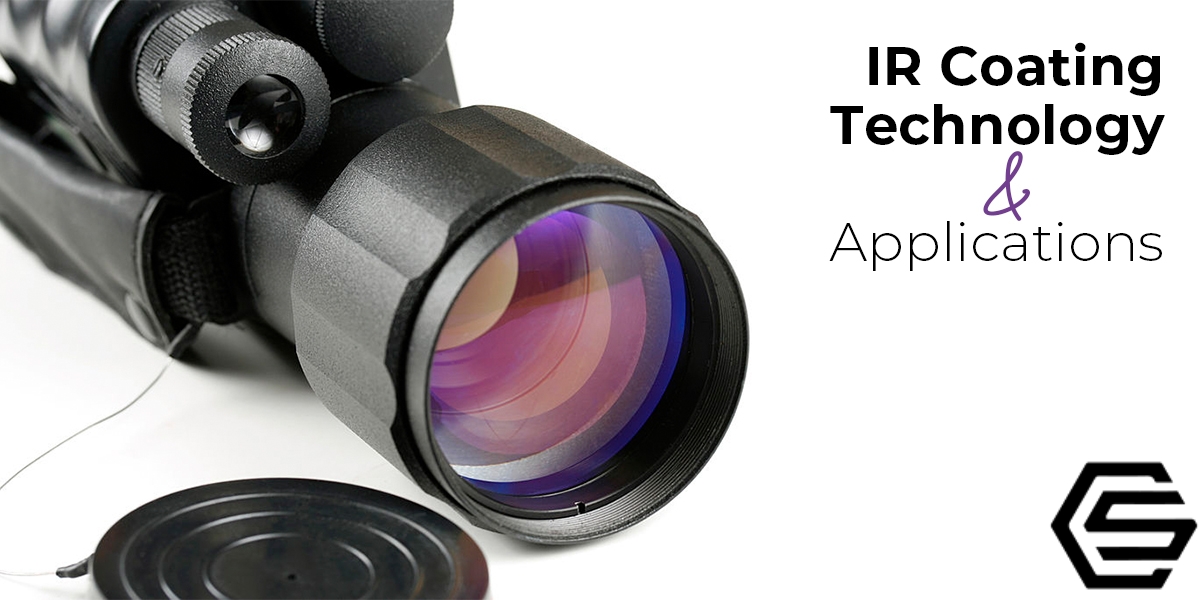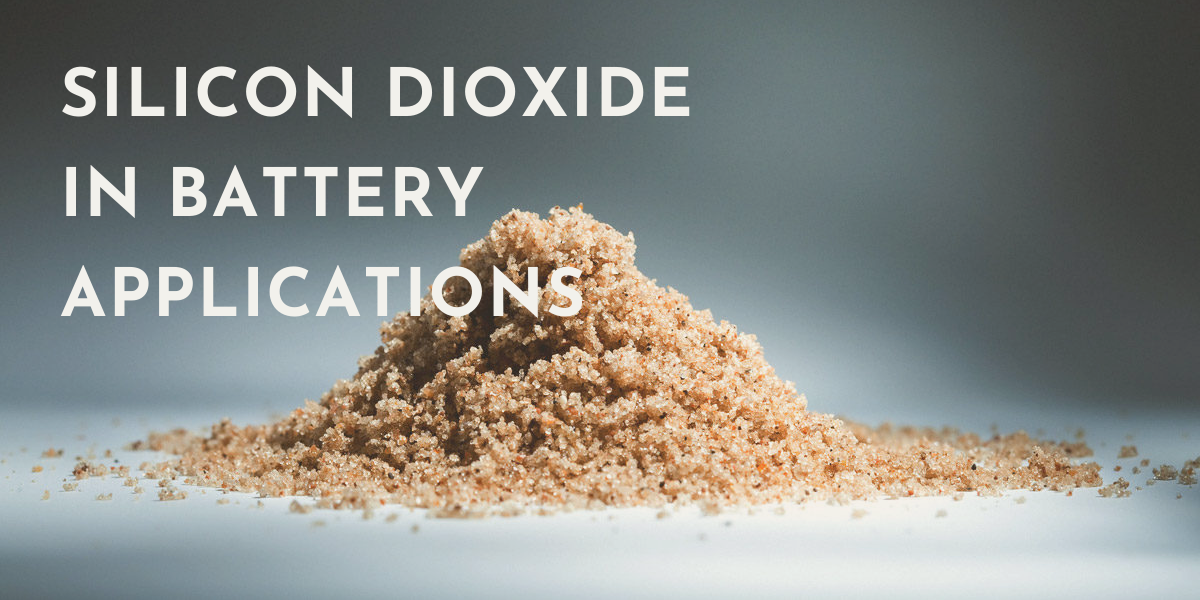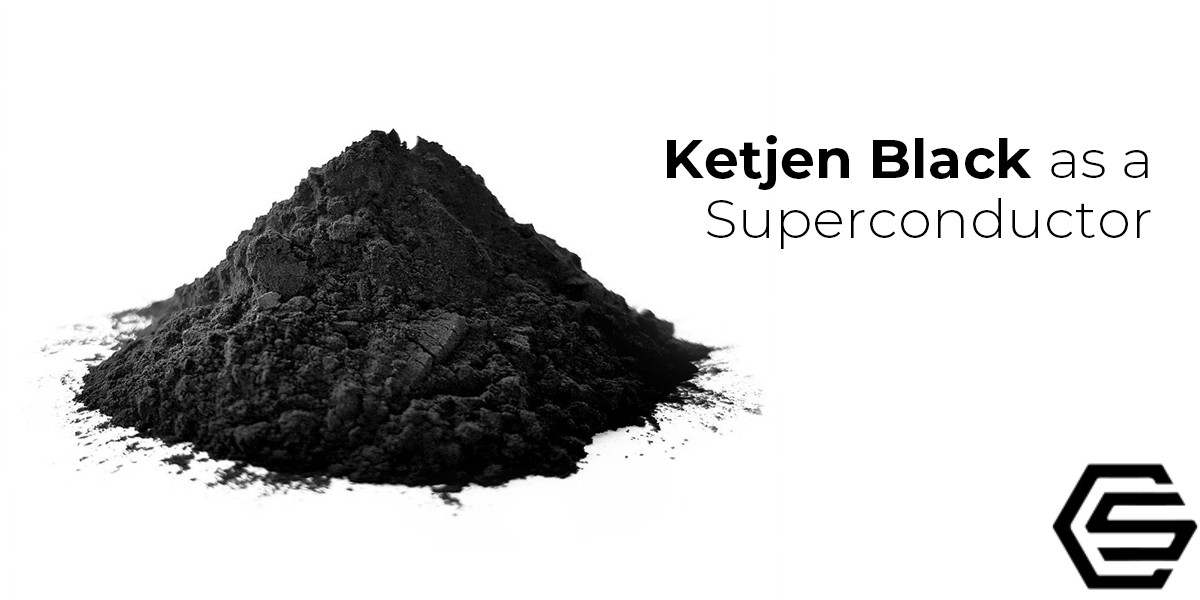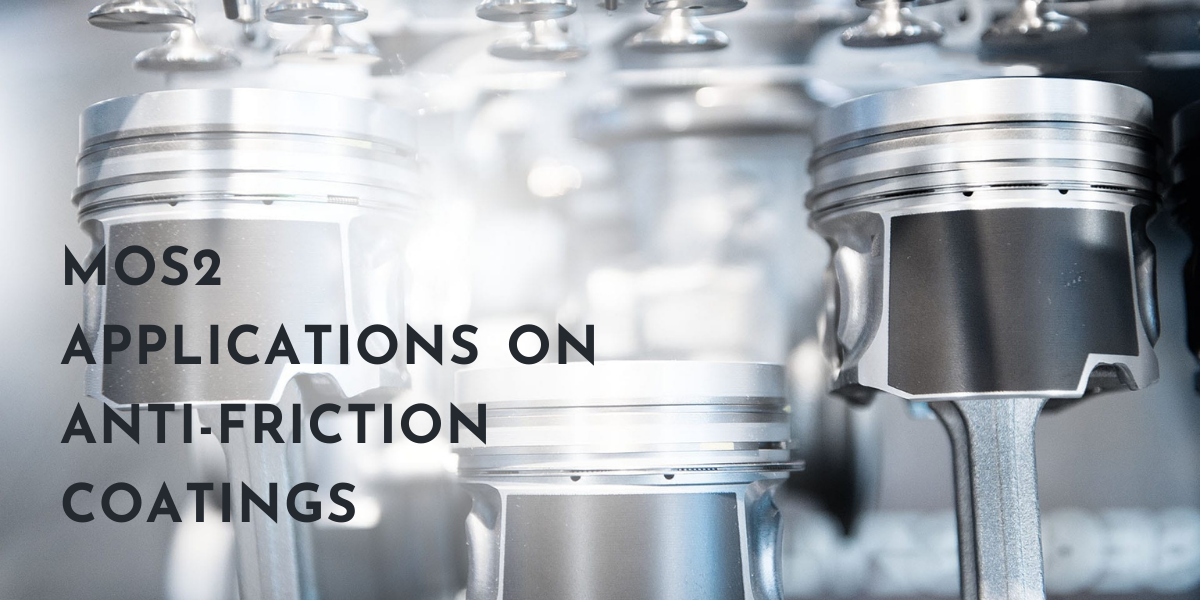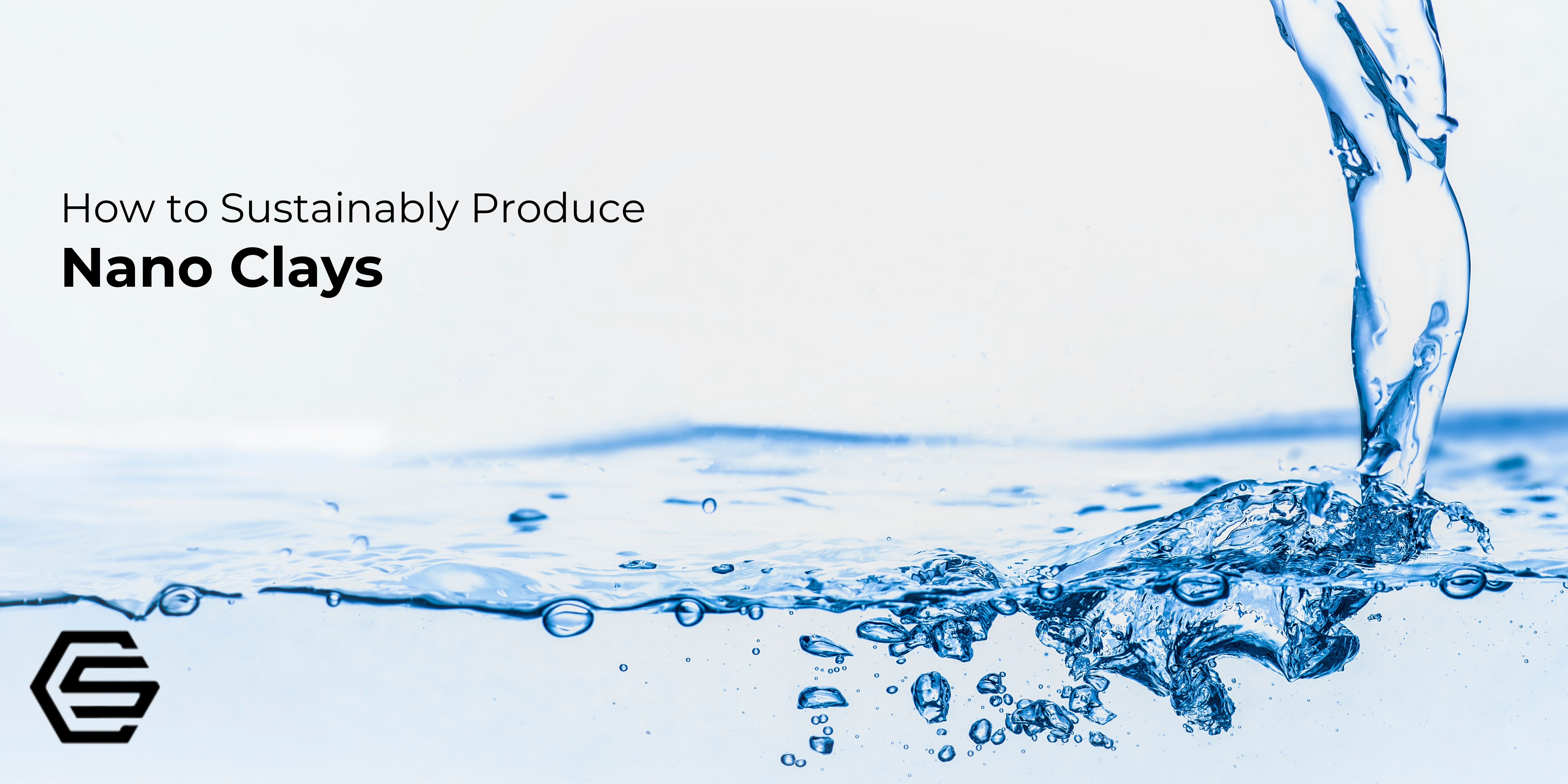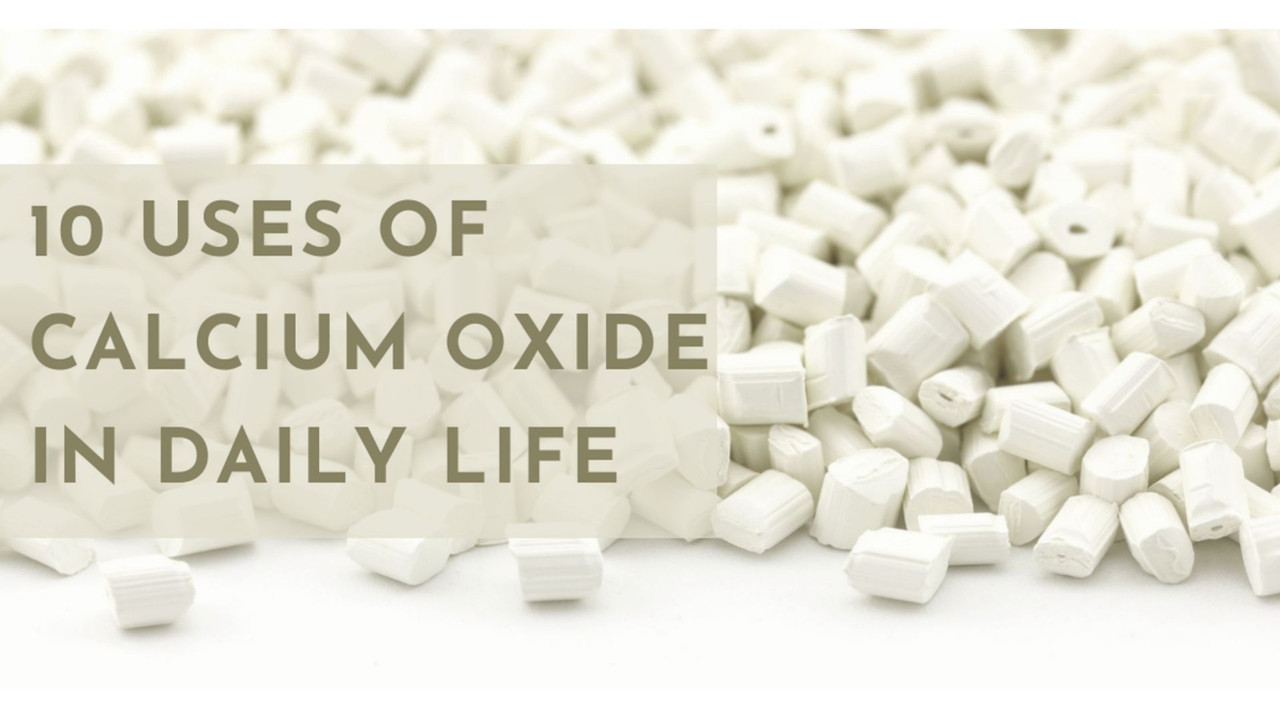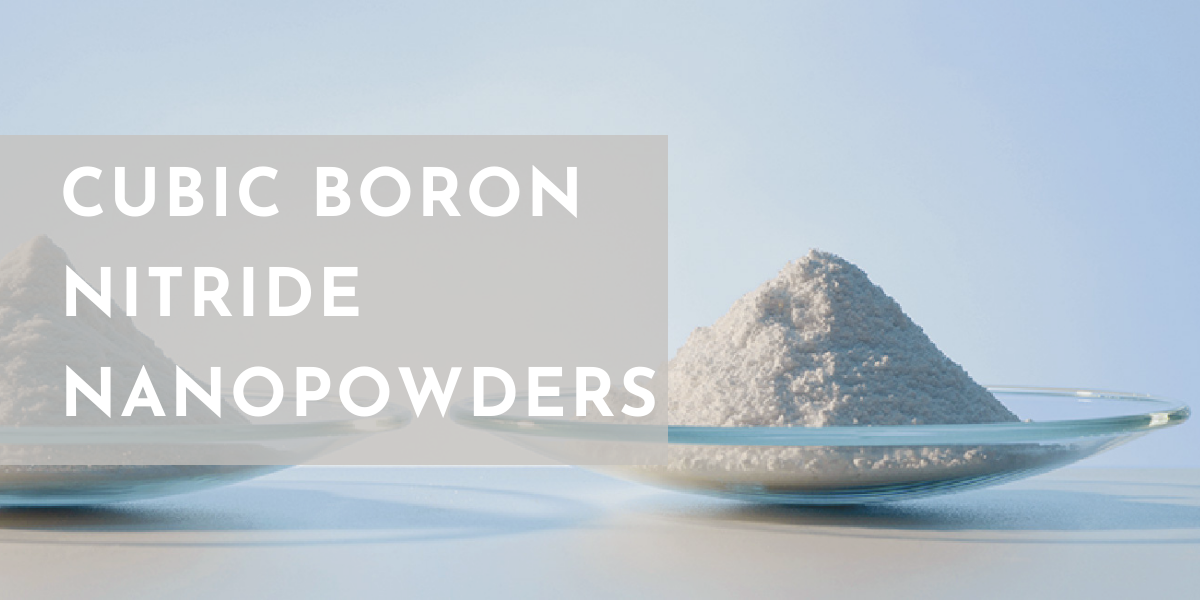High purity sodium beta alumina solid electrolyte (BASE) is a fast sodium ion conductor material. β''-Al2O3 is an isomorphic form of aluminum oxide (Al2O3) polycrystalline ceramic. It is prepared as a solid electrolyte when it is complexed with sodium ion (Na+). Sodium beta-alumina is a good sodium ion conductor and yet does not allow electronic conductivity. Therefore, it is well suited as a solid electrolyte for several types of electrochemical cells.
Product Name: sodium beta alumina, sodium aluminate
Product Number: PO0425
Chemical Formula: NaAl5O8, Na2O·5Al2O3 (β′′-alumina)
CAS Number: 11138-49-1
Molecular Weight: 285.89 g/mol (NaAl5O8)
Particle Size: approximately 1 micron (1 um) average particle size
Purity: Synthesized from >99.9% high purity precursor materials. This material contains a small amount of magnesium (Mg) as a dopant and stabilizer. No lithium is present.
Color: White or light blue color powder
Sintering Temperature of sodium beta alumina powder: above 1600 degrees Celsius with ~15-30min dwell time at temperature for sintering of ceramics
Storage: Sodium beta alumina powder should be stored in an dry atmosphere. Extended exposure to open air could result in the formation of sodium carbonate, which could affect the performance of the sodium beta alumina as a sodium ionic conductor.
Sodium ionic conductivity: 5~10 x 10-2 S/cm at 300 degrees Celsius in the sintered ceramics form.
XRD of sodium beta alumina powder from NANOSSR

Particle Size Distribution (PSD) of beta alumina powder from NANOSSR

Sodium beta alumina is a non-stoichiometric sodium aluminate known for its rapid transport of Na+ ions. This material selectively passes sodium ions while blocking other species, including liquid sodium and liquid sulfur. It is a ceramic which can be formed and sintered by commercially available techniques and its conductivity at operating temperatures from 250 to 300 degrees Celsius – compares favorably with electrolytes used in conventional battery systems such as sulfuric acid and potassium hydroxide. The crystal structure of the Na-Al2O3 provides an essential rigid framework with channels along which the ionic species of the solid can migrate. Ion transport involves hopping from site to site along these channels.

Sodium-beta alumina electrochemical cells (batteries) have been extensively studied since the 1960s. A battery based on the use of sodium beta alumina solid electrolyte is composed of an anode, typically molten sodium, and a cathode that can be molten sulfur (Na-S battery) or a transition metal halide incorporated with a liquid phase secondary electrolyte (e.g., ZEBRA battery or sodium nickel chloride battery). In most cases the electrolyte is a dense solid β″-Al2O3 sodium ion-conducting membrane.
Image Reference:
https://authors.library.caltech.edu/5456/1/hrst.mit.edu/hrs/materials/public/Beta-alumina.htm
References:
In the following paper, the sodium beta alumina powder supplied by NANOSSR was used by the researchers from the Pennsylvania State University for this study.
Zane Grady, Arnaud Ndayishimiye and Clive Randall, "A dramatic reduction in the sintering temperature of the refractory sodium β′′-alumina solid electrolyte via cold sintering," J. Mater. Chem. A, 2021
https://doi.org/10.1039/D1TA05933E
Abstract
The cold sintering process is successfully applied to one of the most refractory solid-state sodium-ion electrolytes, namely sodium beta alumina (SBA). By using a hydroxide-based transient solvent, SBA is densified below 400 °C, whereas conventional solid-state sintering is known to require sintering temperatures around 1600 °C. This dramatic reduction in sintering temperature (ca. Tsinter ∼ 20% of Tm) is achieved by cold sintering with the addition of 10 wt% solid NaOH transient phase, 360 MPa of uniaxial pressure, and heating to 350–375 °C, for a dwell time of three hours. The resulting pellets exceed 90% of the theoretical density for SBA and exhibit ionic conductivities of ∼10−2 S cm−1 at 300 °C, as measured by electrochemical impedance spectroscopy. The structural changes occurring during cold sintering are reversed with an intermediate temperature annealing step (ca. 1000 °C) which improves the ionic conductivity. This study therefore highlights the opportunities and remaining challenges in applying cold sintering to refractory, air-sensitive, electroceramics.


